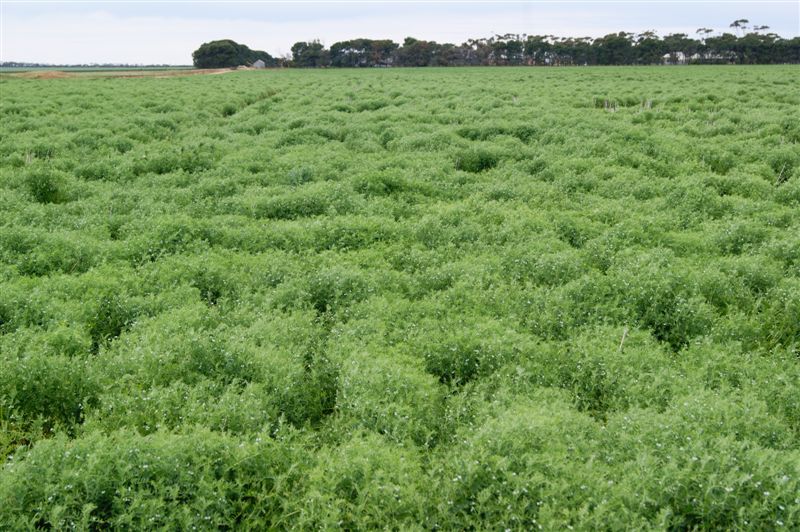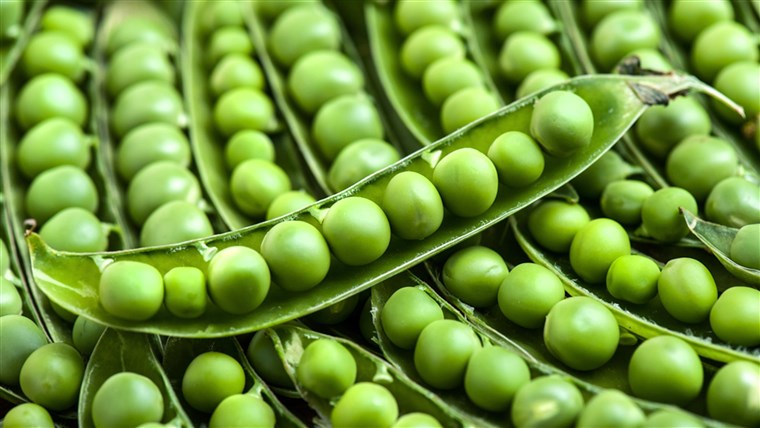A new narrow-leaf lupin variety has been recently launched by Australian Grain Technologies (AGT)
Coyote offers growers a high yielding & stable lupin variety which can cope with a range of conditions.
AGT took over the lupin breeding program from the Department of Primary Industries & Regional development in 2016. In May of this year, lupin breeder Matthew Aubert was appointed to its Northam, WA facility.
Lupins are a significant crop in the WA repertoire, and the excitement around this new breed stems not just from high yields but for its stable performance across environmental conditions.
It compares well to the leading variety, Jurien as slightly higher-yielding with better stability across soil types and rainfall zones. This environmental variation has not impacted upon Coyote’s yield or quality.
These results were a significant driver in the decision to release it into the market, and the uptake has been good. Marketing manager Alana Hartley was keen to point out that this release is a milestone for both the AGT and for lupin breeding across the country. The AGT lupin program encapsulates a focus upon high protein and strong yields, and they utilise around 20,000 plots per year.
Ms Hartley intends to work with growers to utilise this variety in their crop rotations and hopes growers will remember the catchy title.
In case you were wondering about that title, the variety gets its name from the Coyote gold mine in the North East of Western Australia. It is intended that a number of new lupin varieties will follow and be named after WA gold mines.
MALDIID is working hard to offer the RHIZO-ID service for Lupins but has encountered some challenges with the nodule structure of these plants. Further R&D is being done to solve those hurdles, so watch this space!



